







Which government initiatives will massively impact the growth curve? What do key companies think of installation challenges, poorly insulated building stock, lack of skilled workers, and customer awareness? Which key regions offer the best growth opportunities? Read the analysis to know more.
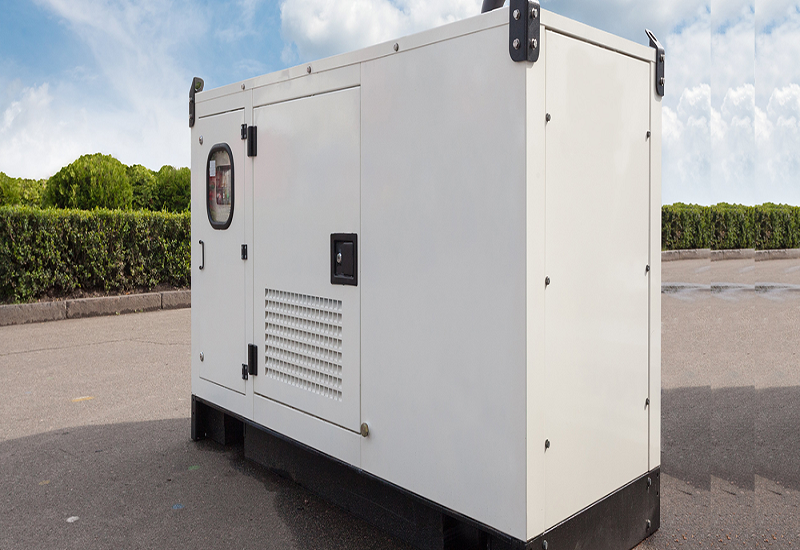
Explore how the chronic energy crisis, absence of domestic manufacturers, and dependence on foreign suppliers for engines, alternators, and complete gensets can create multiple avenues for growth in the region. See how distributors can take advantage of such opportunities.
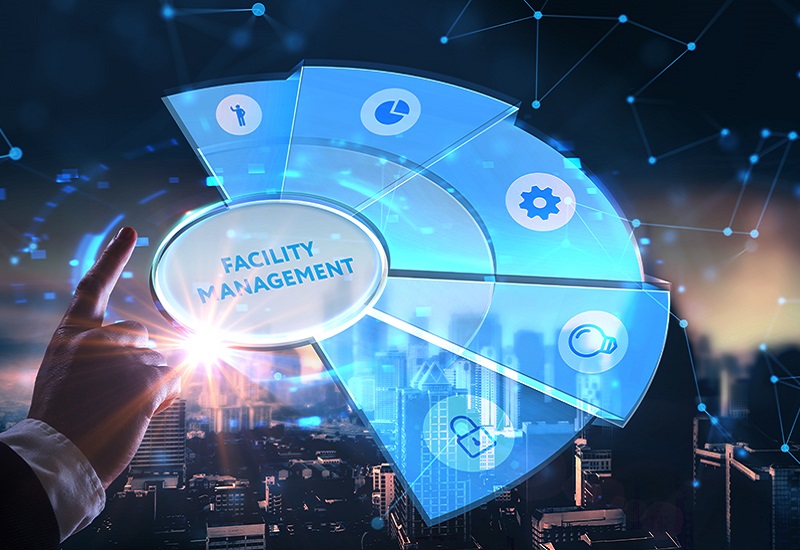
How do the pandemic, high inflation, and economic uncertainty impact customer sectors and revenue generation? Which factors must be considered to remain profitable as the space is disrupted by emerging technology, business models, and the rapid commoditization of facility management services?

Changes in Care Delivery Models
Over the past five years, there has been an expansion in care delivery models in healthcare. Traditional healthcare providers are a leading force in this change, expanding their footprint geographically and in the range of services offered. Health systems have merged or acquired standalone facilities, bought primary care practices, opened urgent care centers to expand their reach and provide a lower-cost alternative to emergency rooms for after-hours issues, and partnered with ambulatory surgery centers as more procedures move out of hospitals. During the pandemic, almost every healthcare provider offered virtual visits to continue seeing patients, and many added remote monitoring services and hospital at-home programs to better track patients with chronic conditions or better manage post-acute care recovery.
Schedule a dialog or email us at myfrost@frost.com to connect with an industry expert at no charge. We are taking unprecedented action to make our team available to help you cut through the media and politics to get factual one-to-one guidance for the issues and opportunities that matter most to your business.

Analyze this dynamic space, its challenges, ambitious sustainability goals, and more
Read more Request Info
Explore how decarbonization and Russia’s invasion of Ukraine affect this sector
Read more Request Info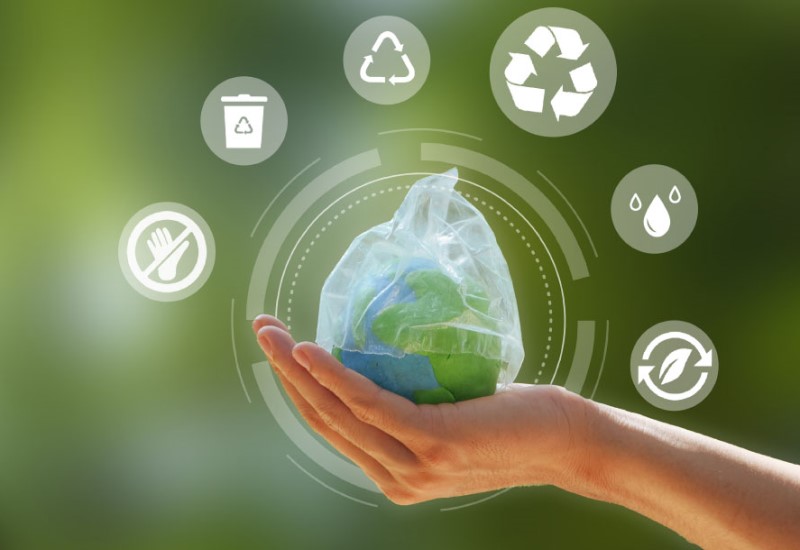
Examine the recycling technologies, segments of collection, handling, and new opportunities
Read more Request Info
Why will the uptake of battery storage systems be pivotal to the growth of this space?
Read more Request Info
Take a look at the emerging business models, current investment activities, and more
Read more Request Info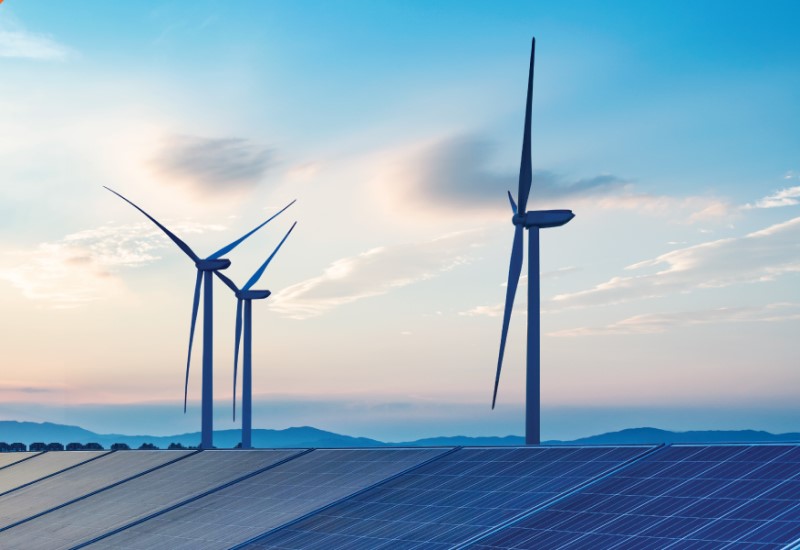
Which opportunities can be leveraged by players while designing expansion strategies?
Read more Request Info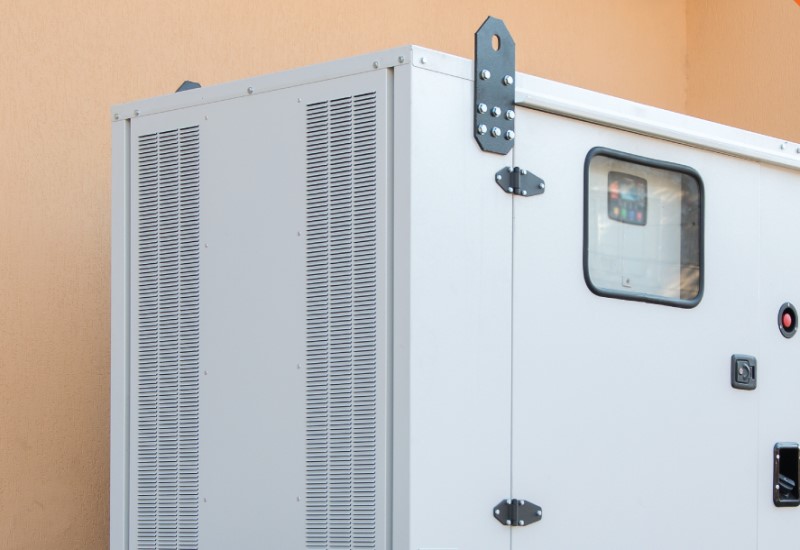
Assess the growth of applications like peak shaving, prime power, and standby
Read more Request Info
Which major opportunities can stakeholders capitalize upon to achieve growth?
Read more Request InfoFrost & Sullivan assessed the digital transformation in smart buildings sector and, based on its analysis, recognizes Lynxspring with the 2023 North American Customer Value Leadership Award. The company integrates different systems and equipment, advanced analytics, artificial intelligence (AI), Internet of Things (IoT), cloud technologies, and emerging technologies to enhance building automation systems (BAS) and automate buildings for interoperability and remote management. It achieves high levels of building optimization and its technologies ease data connection, integration, communication, and trading. Lynxspring uniquely leverages its product portfolio, solutions, and services to meet customers’ needs.
Read more
2023 will be a year of balance for energy. Conventional energy sources (oil and gas) will maintain their prominence in the GCC and the broader Middle East. Investments in new sources of energy will increase, driven by commitments made toward emissions reduction. We expect to see an increased push by utilities, regulators and associated entities toward decentralized infrastructure improvements. This would involve storage, EV integration, and solutions that integrate solar energy for cooling/heating/lighting. Utilities will need to look at new business models, as energy consumption declines.
Read more
Innovations in materials science help industries adopt more sustainable practices and drive them toward attaining UN Sustainability Development Goals (SDGs) by alleviating negative environmental impacts. According to Frost & Sullivan’s recent analysis Growth Opportunities Drive the Future of Sustainable Materials, sustainable material development is critical to ensuring environmentally and socially equitable economic growth. Consumer behavior is rapidly changing, with a growing preference for purchasing sustainable materials and increased engagement with socially responsible businesses. This encourages manufacturing sectors to use analytics to drive the development of carbon-negative materials.
Recently, Frost & Sullivan analyzed the energy and utilities customer care and engagement sector and, based on its analysis, recognizes Hansen with the 2022 Global Product Leadership Award for its best-in-class products that empower energy utilities and power retailers. The company is one of the leaders in the energy and utilities sector, with over 50 years of operations and a comprehensive portfolio of practical solutions for customers in over 80 countries.
The agricultural sector’s ongoing changes—rapid climate change and biodiversity loss—have created a lucrative growth opportunity for agrochemical technology developers. According to Frost & Sullivan’s recent survey on the sustainable agrochemicals crop protection sector, the need to protect crops and reduce agricultural-related emissions encourages technology developers to create solutions that allow farmers to sustainably increase agricultural productivity. Furthermore, government strategies, such as proposing a 50% reduction in fertilizer losses and a 20% reduction in fertilizer consumption by 2030, are expected to drive innovation in the sustainable agrochemicals sector.
Read more